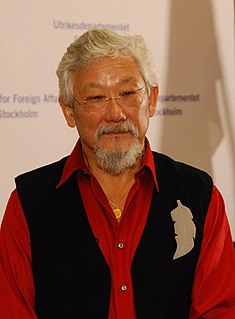A Quote by Boyan Slat
The concentration of plastic is rapidly increasing in the gyres. Even if you were to close off the tap, and no more plastic entered the ocean, that plastic would stay there, probably for hundreds of years.
Related Quotes
We have lots of other problems with plastic in our oceans. There are five different big gyres of plastic out in the ocean. There are problems with air pollution around the country that we need to deal with, and around the world. We have a great many problems to overcome, so I work on a lot of different boards trying to help in those important areas.
To truly rid the oceans of plastic, what we need to do is two things: One, we need to clean up the legacy pollution, the stuff that has been accumulating for decades and doesn't go away by itself. But, two, we need to close the tap, which means preventing more plastic from reaching the oceans in the first place.
About once a month, a vessel visits each of these clean-up systems, almost like a garbage truck of the ocean, would bring the plastic back to shore where it would then be processed and recycled into new products that we would then sell, at a premium, of course, because we could sell it as being made out of ocean plastic.
You go to a beach, you see a lot of plastic. It's out of the ocean, it stays out of the ocean, so that's good. But the thing is that in this Great Pacific garbage patch, this area twice the size of Texas, there's simply no coastlines to collect plastic. So the idea is to have these very long floating barriers.



























